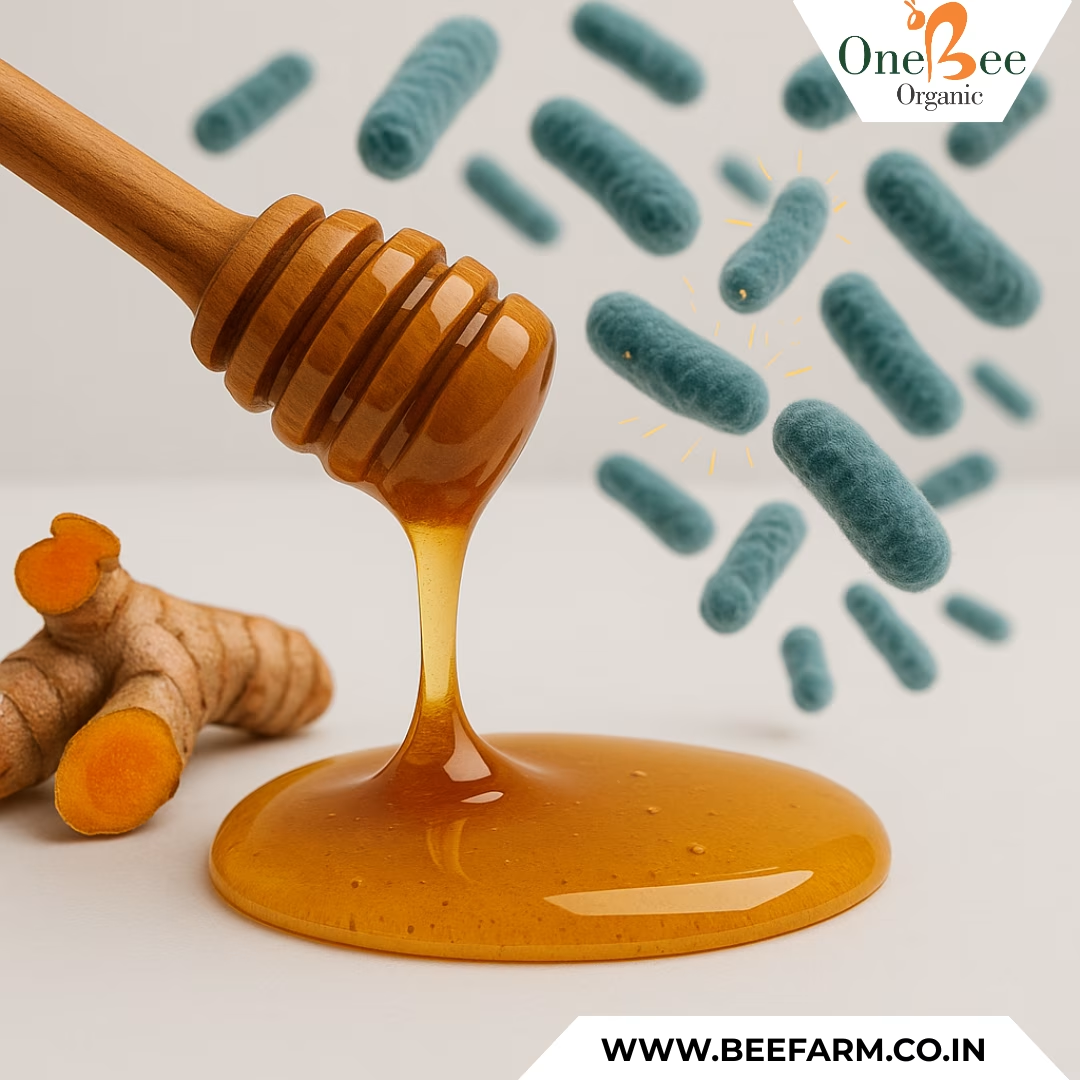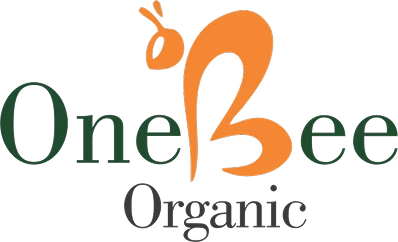Bee Venom Benefits in Diabetes
Honey bee venom offers several benefits for diabetes management. It helps lower blood glucose levels by increasing insulin secretion and enhancing glucose uptake. Additionally, it regulates lipid levels, as confirmed by multiple studies. Therefore, researchers consider bee venom a potential remedy for diabetes.
Introduction
Diabetes therapy focuses on lowering blood glucose levels and regulating lipid metabolism through various medical agents, including animal toxins. Research shows that honey bee venom supports these goals by promoting insulin secretion and glucose uptake. Moreover, its lipid-regulating properties make it a promising candidate for diabetes treatment. This study aims to examine how Mongolian honey bee venom affects hyperglycemia and hyperlipidemia in alloxan-induced diabetic rabbits.
Materials and Methods
Researchers divided twenty-two Chinchilla rabbits into three groups: the control (n=6), the diabetic (n=8), and the bee venom-treated (n=8) groups. To induce diabetes, the diabetic group received an intravenous injection of a 5% Alloxan monohydrate solution (100 mg/kg) through the marginal vein behind the ear for two minutes. After confirming diabetes, the bee venom-treated group received a sting (containing 0.2-0.5 ml of venom) on their hind paw every other day.
Results
Bee venom treatment (BVT) led to significant improvements compared to the diabetic group:
- Blood glucose levels dropped by 14.9% – 26.5%.
- Blood cholesterol levels decreased by 12.5% – 19.1%.
- Low-Density Lipoprotein (LDL) levels declined by 11.2% – 14.2%.
- High-Density Lipoprotein (HDL) levels increased by 2.5% – 26.25%.
Conclusion
Bee venom effectively lowers blood glucose levels and improves lipid profiles in alloxan-induced diabetic rabbits. Consequently, it holds promise as a therapeutic agent for diabetes. However, further research should determine the optimal bee venom dosage for the best therapeutic effects.








Leave A Comment